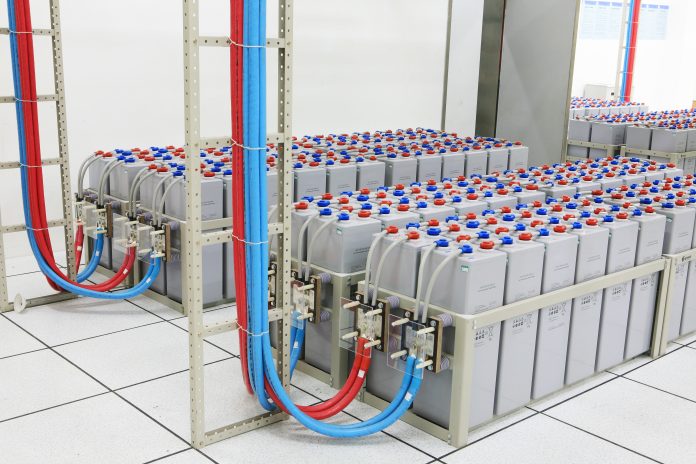Dr Alistair Davidson, Director, Consortium for Battery Innovation, explains that research into advanced batteries will make the clean energy transition a reality
With societies around the world looking to batteries to deliver on electrification and decarbonisation targets, the Consortium for Battery Innovation (CBI) has launched a new Technical Roadmap geared towards the advanced lead battery.
Technical shifts and increasing market demand have heightened the need for batteries across all sectors. Used in energy storage and backup for data centres and telecoms, whilst also being used in vehicles, both on the road and in warehouses, advanced lead batteries are a critical technology underpinning the many everyday activities.
And as these sectors make the shift to become cleaner and less energy-intensive, the role of advanced lead batteries is set to increase.
But innovation remains vital, for all technologies. That is what the CBI with its global membership has recognised and put into practice with the launch of the new Technical Roadmap.
New research pathways have been identified based on the market analysis and discussion with end-users to forge an innovation path for advanced lead batteries to continue enhancements in lifetime, efficiency and performance.
Building on the goals set out in 2019, the new Technical Roadmap is expansive and covers every application space for advanced lead batteries, from established industries such as the automotive industry, to newer applications such as micro-mobility.
But even established industries are witnessing changes that require higher performance from advanced lead batteries as vehicles shift to greater levels of electrification. The growth of the micro-hybrid market, predicted to represent 80% of new car sales in Europe by 2030, is an important sector of the technology.
Combined with the growth of electric vehicles (EVs), where low-voltage EV batteries must meet evolving end-user requirements, the CBI has set out innovation pathways in collaboration with our members to meet the needs of the automotive industry:
- Start-stop and micro-hybrid applications: Ensure that recent improvements in Dynamic Charge Acceptance (DCA) are maintained, whilst improving high-temperature performance and ensuring no trade- offs in key parameters such as Cold Crank Amps (CCA) and water loss.
- Low-voltage EV applications: Improve DCA and charge acceptance, whilst increasing charging efficiency and lifetime.
The decarbonisation of other sectors is driving growth in advanced lead battery markets across the globe. Together with the digital transition, where telecoms and data centres require reliable, sustainable and safe power, the advanced lead battery market is predicted to increase by more than 5 GWh out to 2030 for both UPS and telecoms. Providing backup for critical services such as hospitals and communications networks, the technology needs to continue to enhance performance:
- Industrial applications: Improving cycle and calendar life whilst reducing battery costs.
To make the clean energy transition a reality, energy storage remains the backbone of the effort with batteries acting as a key enabler. All battery chemistries will have a role to play, each providing different qualities for energy storage, but advanced lead batteries feature a unique blend of benefits. With a strong sustainability profile, unrivalled safety and reliability in a range of environments, the research laid out in the CBI’s new Technical Roadmap is only adding to the capabilities of advanced lead batteries:
- Energy storage systems: Improving cycle life, calendar life and round-trip efficiency whilst reducing acquisition and operating costs are the key priorities.
The motive power market is supplied by advanced lead batteries, representing almost 90% of demand with a forecasted growth to more than 34 GWh by 2030. To seize future opportunities in this market – where 24- hour warehousing places higher demands on forklift batteries – has led the CBI to focus on the following research areas:
- Motive power applications: Lowering TCO by increasing cycle life, recharge time, and producing maintenance-free batteries.
New markets such as the micro-mobility sector in regions of Asia are growing in significance for the industry, where 300 million e-bikes, e-trikes and e-rickshaws are using lead batteries. This shift to electrification will only continue to grow, and the CBI has identified the following areas for innovation in this market:
- Micro-mobility applications: Improving gravimetric energy density, recharge capability and service life.
It is a pivotal time for the global lead battery industry, and the launch of CBI’s Technical Roadmap is coinciding with a societal shift across the world to greater levels of electrification and decarbonisation.
With the new research goals and innovation pathways set out by CBI, we are delivering the next generation of advanced lead batteries – sustainable, high-performing, safe and reliable – to meet the demands of a low-carbon future.











